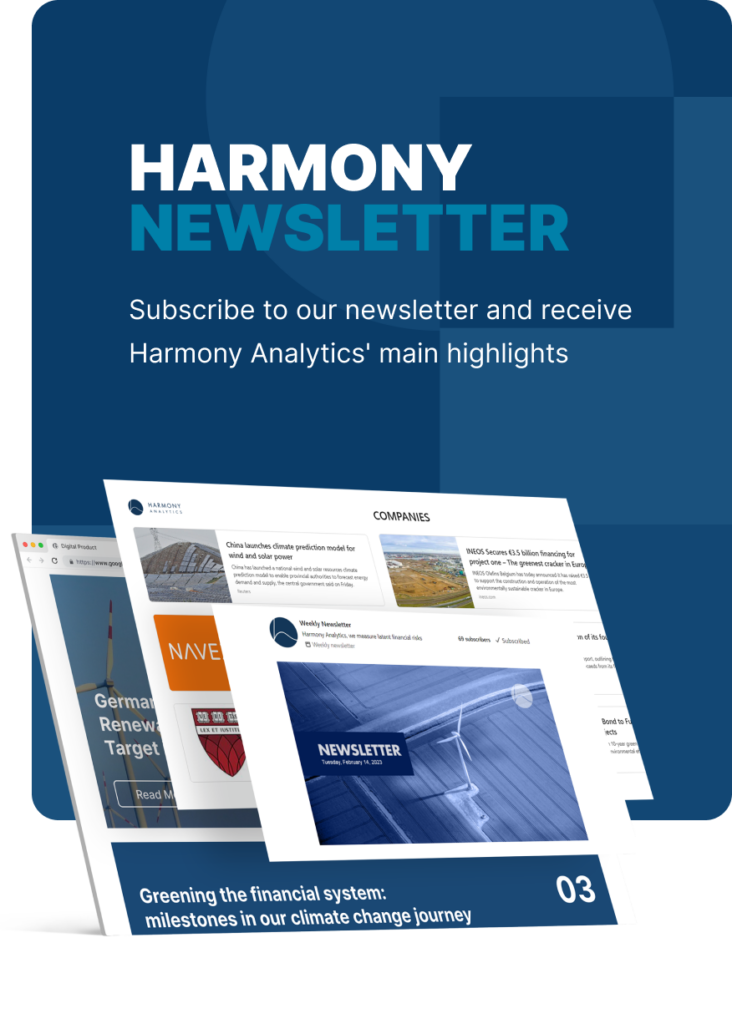
Institutional investors can effectively assess a company’s approach to human capital management by focusing on specific areas that signal commitment, transparency, and accountability. Here’s a framework to guide evaluations, with examples of leading practices:
1. Metrics and Transparency
Evaluation Criteria: Review human capital disclosures such as workforce diversity by role, demographic hiring and promotion rates, pay equity analyses, and inclusive workplace initiatives.
Example: Microsoft provides detailed demographic breakdowns across roles and regions, along with transparency in pay parity efforts.
2. Employee Development and Retention
Evaluation Criteria: Look for data on employee training, career development programs, turnover rates, and engagement survey results to understand retention and workforce investment.
Example: Accenture publishes metrics on training hours and career progression data, highlighting their commitment to employee growth.
3. Human Capital Metrics Linked to Performance
Evaluation Criteria: Assess how human capital metrics—like productivity, turnover, and satisfaction—are connected to company performance and financial outcomes.
Example: Salesforce ties human capital and workforce metrics to performance outcomes, creating a clear narrative linking employee wellbeing to business impact.
4. Commitment to Benchmarking and Standards
Evaluation Criteria: Companies that use frameworks like GRI, SASB, or TCFD create consistency and comparability in human capital reporting.
Example: Unilever utilizes SASB standards to benchmark DEI and human capital data, allowing investors to compare metrics across the industry.
5. Board Oversight and Accountability
Evaluation Criteria: Verify if the board oversees human capital initiatives, as well as details on how frequently these topics are reviewed at the executive level.
Example: Intel publicly discloses board oversight of human capital, detailing accountability and executive incentives tied to DEI performance.
Using this framework helps institutional investors understand how human capital practices influence long-term company resilience and growth potential.
Decode Human Capital data with Harmony Analytics
Harmony’s analytics platform and private Large Language Model (pLLM) transform the complexity of regulatory and corporate data into clear insights, helping you streamline risk assessment and reporting. Gain a competitive edge by simplifying compliance and uncovering new opportunities with the power of advanced AI-driven analysis.
Contact us today to learn more about evaluating companies’ human capital management practices.
